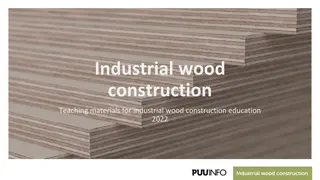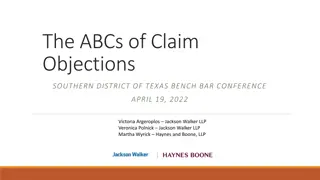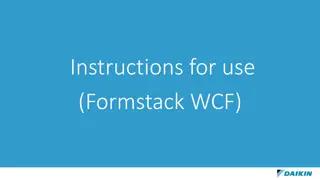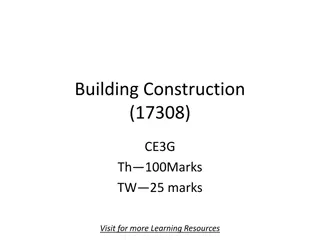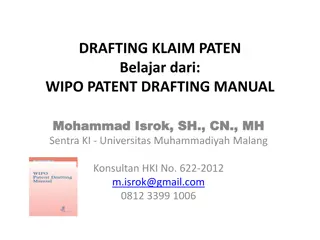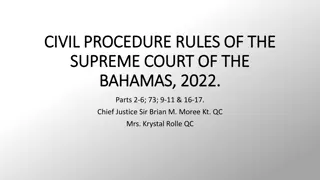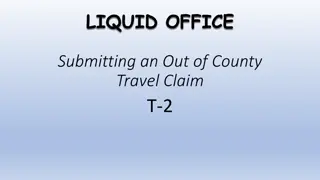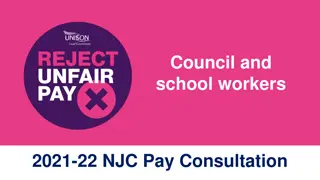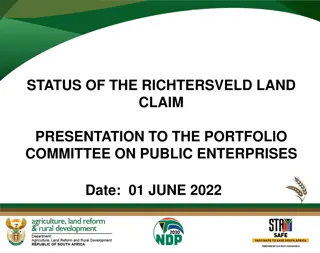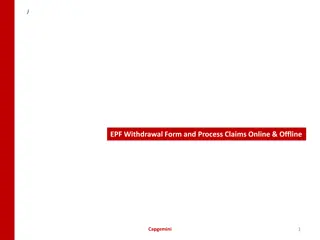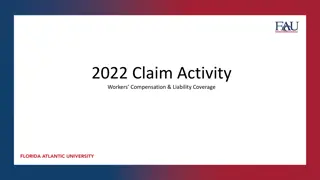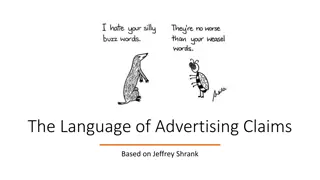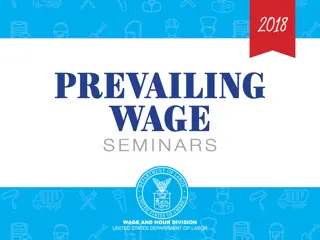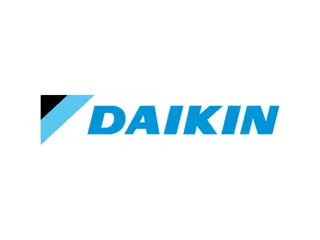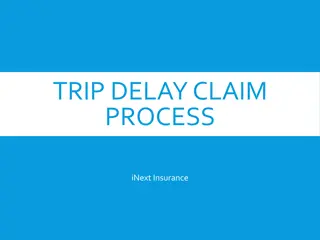Claim Construction Update and Practical Considerations
This presentation covers important topics such as the PTAB shifts to the Phillips standard for AIA trials, joint claim construction proceedings, supplemental claim construction, and the Broadest Reasonable Interpretation (BRI) standard. It explores the historical application of the BRI standard to AIA post-grant trials and the policy behind it. Additionally, it discusses the Phillips standard, comparing it to the BRI standard and reviewing court and PTAB decisions to show the lack of a meaningful difference in standards.
Download Presentation

Please find below an Image/Link to download the presentation.
The content on the website is provided AS IS for your information and personal use only. It may not be sold, licensed, or shared on other websites without obtaining consent from the author.If you encounter any issues during the download, it is possible that the publisher has removed the file from their server.
You are allowed to download the files provided on this website for personal or commercial use, subject to the condition that they are used lawfully. All files are the property of their respective owners.
The content on the website is provided AS IS for your information and personal use only. It may not be sold, licensed, or shared on other websites without obtaining consent from the author.
E N D
Presentation Transcript
Claim Construction: Update and Practical Considerations Barbara M.G. Lynn, Chief Judge, U.S.D.C. N.D. TX. Preston K. Ratliff II, Paul Hastings Clement Roberts, Orrick
Agenda PTAB Shifts to the Phillips Standard for AIA Trials Joint Claim Construction Proceedings Supplemental Claim Construction Limits on Patent Claims and Terms 2
PTAB Shifts to the Phillips Standard for AIA Trials
Broadest Reasonable Interpretation (BRI) Standard BRI means the broadest reasonable meaning of [a claim s] words in their ordinary usage as they would be understood by one of ordinary skill in the art, taking into account whatever enlightenment by way of definitions or otherwise that may be afforded by the written description contained in the applicant s specification 1 Prosecution history and any lexicography is considered Extrinsic evidence may be considered, but is secondary 1In re Morris, 127 F.3d 1048, 1054 (Fed. Cir. 1997). 4
Broadest Reasonable Interpretation (BRI) Standard Historically Applied to AIA Post-Grant Trials Inter Partes Review (IPR) Post-Grant Review (PGR) Covered Business Method Review (CBM) Policy Behind the Standard Because claims may be amended during the proceeding to avoid prior art, the BRI standard reduces the possibility that a claim will later be interpreted more broadly than justified2 2Manual of Patent Examining Procedure 2111 (Rev. 9, 2018). 5
Phillips Standard A claim term is given the meaning that the term would have to a person of ordinary skill in the art in question at the time of the invention 3 Prosecution history and any lexicography is considered Extrinsic evidence may be considered, but is secondary 3Phillips v. AWH Corp., 415 F.3d 1303, 1313 (Fed. Cir. 2005)(en banc). 6
Are The Standards Materially Different? A Review of Court and PTAB Decisions Show There is Often No Meaningful Difference 7
Are The Standards Materially Different? A Review of Court and PTAB Decisions Show There is Often No Meaningful Difference Overall it Has Been Difficult to Predict Constructions Under Either Standard 8
Are The Standards Materially Different? A Review of Court and PTAB Decisions Show There is Often No Meaningful Difference Overall it Has Been Difficult to Predict Constructions Under Either Standard But the Fact that the Standards Were Different for District Court Litigation and AIA Trials Gave Rise for Concern and a Need for a Change 9
USPTO Makes A Change May 9, 2018 USPTO Proposed a Shift to the Phillips Standard for AIA Trials and Solicited Public Comment 374 Comments received from individuals, corporations, associations, law firms, and law professors According to the USPTO, a significant majority supported the proposed change October 3, 2018 The Office of Information and Regulatory Affairs completed its review of the rule change October 11, 2018 USPTO published the final rule 10
The New Rule Applies to all IPR, PGR, and CBM proceedings filed on or after November 13, 2018 PTAB will take into consideration any prior claim construction determination that has been made in a civil action or proceeding before the International Trade Commission provided it has been timely made of record in the AIA proceeding USPTO hopes for greater consistency and harmonization with the courts and the International Trade Commission as well as greater certainty and predictability in the patent system 11
What Will Be The Impact of The New Rule? PTAB Filing Strategies Parallel Litigation New Considerations of Preclusion Collateral Estoppel Judicial Estoppel PTAB Decisions As Potentially Persuasive Evidence 12
Supplemental Claim Construction Emerging trend where after Markman proceedings an issue arises where a party, the parties, or even the court believes there is a need for further claim construction Should courts address so-called supplemental claim construction issues at the request of a party or even sua sponte? Should courts decline to address claim construction disputes that arise during trial? 15
Claim Construction: Update and Practical Considerations Barbara M.G. Lynn, Chief Judge, U.S.D.C. N.D. TX. Preston K. Ratliff II, Paul Hastings Clement Roberts, Orrick




